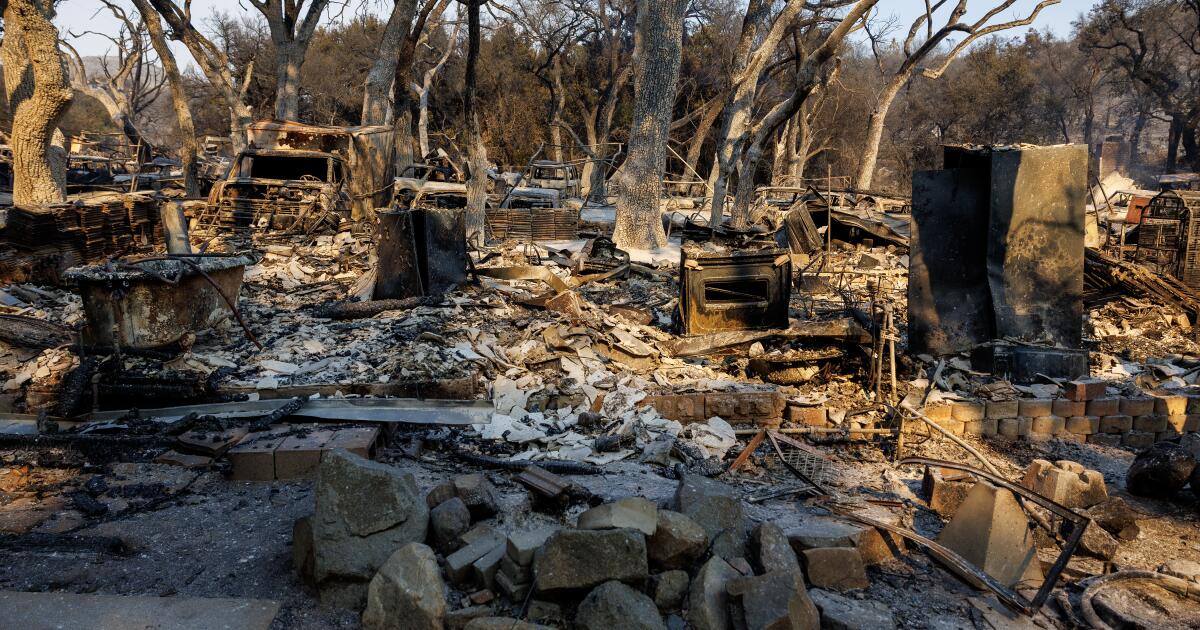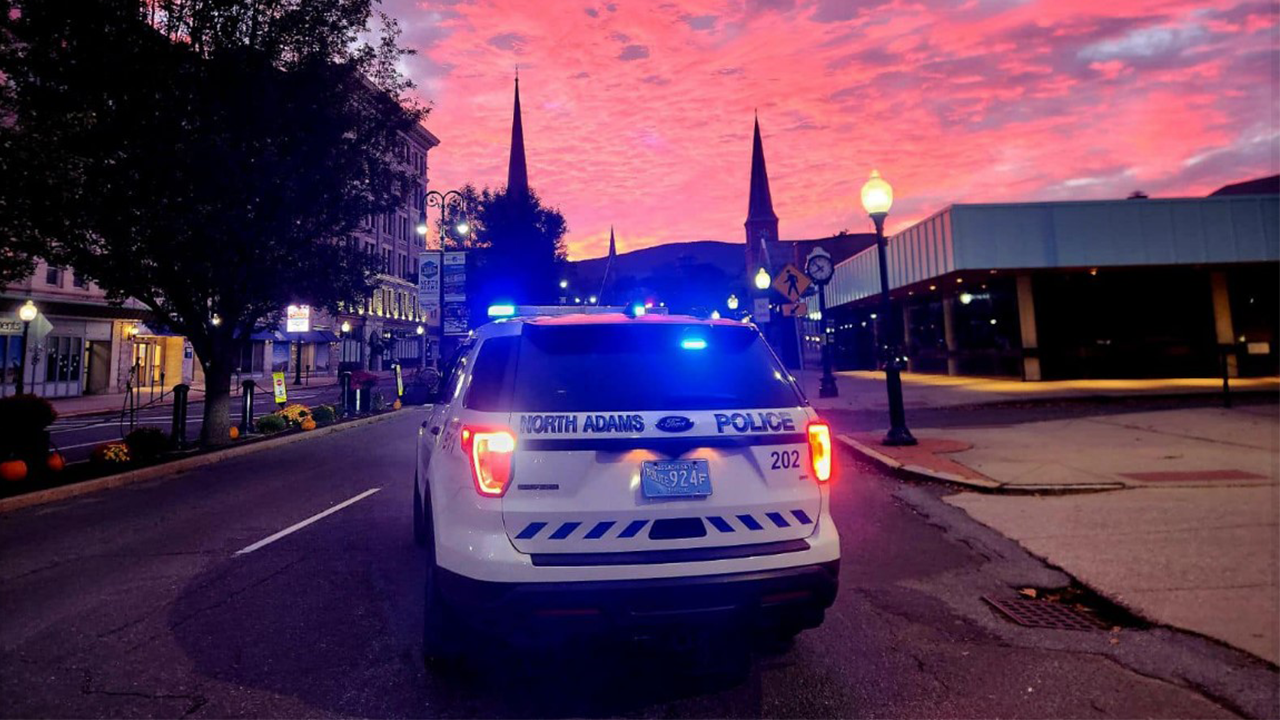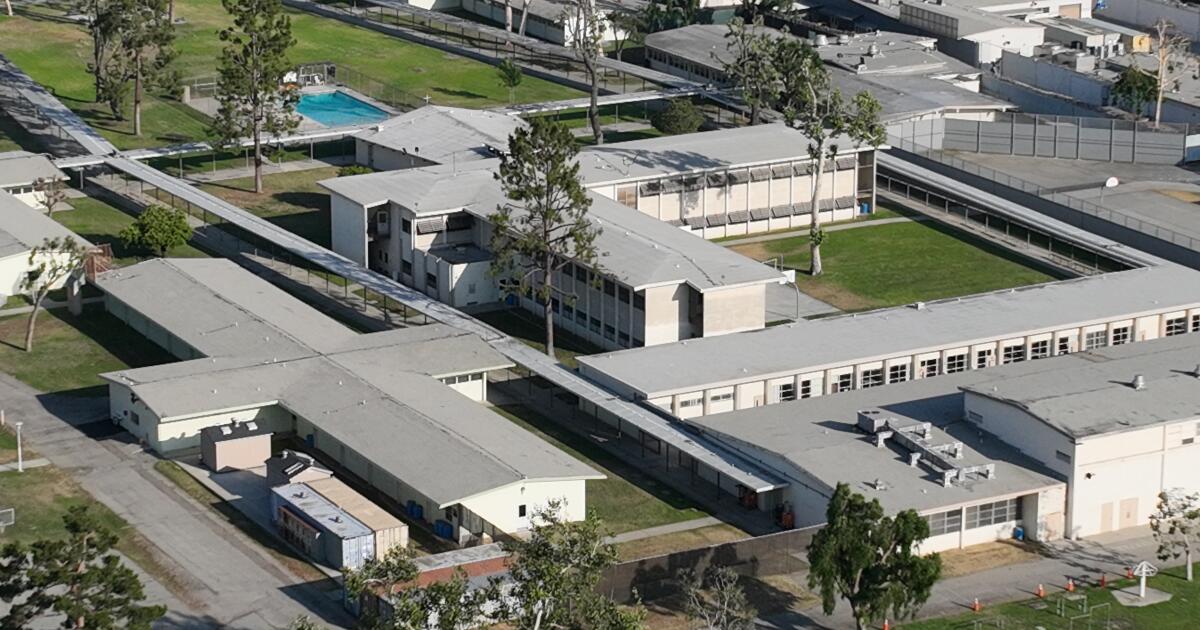With a storm lingering over Los Angeles County again, experts warn that even its modest rainfall could raise the risk of mudslides, debris flows and flooding because the ground is already waterlogged from monster storms earlier this month.
“In normal winters where we haven't had as much rain, this type of rain doesn't cause as much [of an] “It's a problem because the soil can still absorb water,” said National Weather Service forecaster Ryan Kittell. But once the ground becomes completely saturated, he said, flooding can occur “very easily” and the ground can begin to move, either with mudslides or rockslides.
The most populated areas of Los Angeles County have received 1 to 3 inches of rain since Monday morning, while foothill and mountain regions have received 3 to 6 inches, according to the weather service. As of 9 a.m. Tuesday, 1.25 inches had fallen in downtown Los Angeles, 3.31 inches in Bel-Air and 6.07 inches in Topanga Canyon.
Downtown Los Angeles has received 16.87 inches of rain since the water year began on October 1 and 11.64 inches during February alone. That's nearly 2 inches more than the area averages for a full year and 7 inches more than it normally receives at this time of the water year.
“This is one of the wettest Februarys on record,” Kittell said. “It's been an incredibly wet month.”
According to the weather service, a flood watch is in effect for all of Los Angeles County, except Antelope Valley, until 10 a.m. Wednesday. Rivers, streams and low-lying areas could experience flooding. Highways and areas with poor drainage could also be inundated with water. There is an increased risk of landslides in vulnerable areas.
There was a brief break in the rain Tuesday morning, but rain is expected to increase again and then intensify Tuesday night and Wednesday morning, according to Kittell.
In addition to the current totals, the Los Angeles area could receive an additional 1 to 2 inches of rain, with up to 4 inches or more in the foothills and mountains. According to Kittell, there is also a “very small but non-zero chance” of severe weather, including strong local winds, a small accumulation of hail or even a brief tornado.
The storm is forecast to subside by Wednesday night. It is expected to be dry at least until the weekend, when there is a chance of another storm Saturday night, with it becoming more likely on Sunday and Monday.
Next week's storm could bring an additional half-inch of rain to the area.
The weather service has received reports of mud and debris flows and flooding in the Santa Monica Mountains and Pacific Palisades area. Most reports have been in Santa Barbara County, where rainfall totals have been highest.
“Typically, when we start getting seasonal rainfall totals above 10 inches, areas that are really vulnerable to mudslides and landslides become especially vulnerable to those types of problems,” Kittell said.
Residents of Rancho Palos Verdes, where a complex of slow-moving landslides has been moving for decades, are bracing for the fallout from this week's storm. Although only about 1 inch of rain has fallen in the area, record rainfall in recent months has saturated the ground, causing the landslide area to shift more quickly, according to City Manager Ara Mihranian.
“In some areas, [the land] It’s moving up to 10 feet a year,” he said. “That is a significant movement and we are seeing the damage that is occurring throughout the community. “We have approximately 400 homes that are threatened by this landslide.”
Two homes have already been red-tagged and other residents have reported sinkholes, cracks in walls and broken doors. The pavement on Palos Verdes Drive South, a major highway through the community, is buckling.
On Tuesday, the Rancho Palos Verdes City Council will consider asking Gov. Gavin Newsom to declare a state of emergency in the city, an effort that could help them expedite a $33 million landslide remediation project to stabilize the area.
In past storms, landslide damage sometimes occurred months after the wet weather subsided.
Storms in early February inundated much of the state with historic rainfall, knocking out power to hundreds of thousands of people, flooding neighborhoods and triggering mudslides. Several people in Northern California were killed in the attack.
Those storms hit certain neighborhoods particularly hard. Almost 35 centimeters fell on Bel-Air in five days. So much rain in such a short time can be catastrophic for densely built hillside neighborhoods.
For the most recent storm, Los Angeles County officials issued an evacuation warning for Santa Maria Road north of Topanga Canyon Boulevard until 9 a.m. Wednesday due to possible mud and debris flows.
A large sinkhole also closed the northbound Skirball-Mulholland Highway 405 exit indefinitely while crews make repairs, according to the California Department of Transportation.
According to Caltrans, portions of Highway 101 from Seaward Avenue to California Street in Ventura are closed due to flooding.
Highway 1 is closed from 6 pm to 7 am in both directions from Sycamore Canyon Road to Las Posas Road in Ventura County due to southbound shoulder erosion.
Highway 150 is closed in both directions between Stonegate Road and Topa Lane due to slides and storm-related damage.












